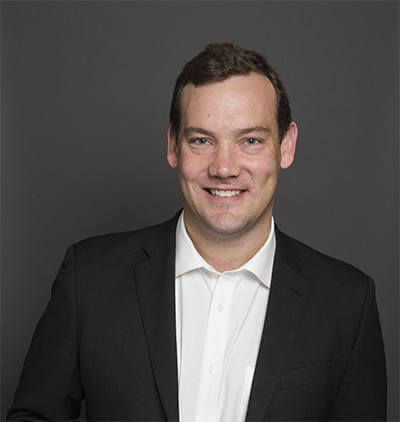Physiotherapists are continuing their push for the right to prescribe medication.
The Australian Physiotherapy Association, which first launched the bid in 2015, hopes to have a model finalised within 12 months to hand to the Physiotherapy Board of Australia, which has indicated it would facilitate the process through government.

APA National President Phil Calvert
Australian Physiotherapy Association National President Phil Calvert said a physiotherapist-prescribing model could provide patients with faster and more streamlined access to care and savings to Medicare, but stressed the rights sought would be limited to physiotherapists’ scope of practice.
“We are not looking at having just across the board access to prescribing all medications,” Mr Calvert told the limbic.
“We’re looking for access to prescribing medications in certain clinical scenarios that improve their outcomes….for example someone who comes in for an injury and needs pain relief to manage their rehabilitation”.
Giving physiotherapists the power to prescribe in the areas of their expertise – such as musculoskeletal health and injury – could have several benefits including fast-tracked access to care, he claimed, and the UK has a model in place.
“The benefits to the patient are giving access to all the care in the one place by a professional that has a high level of expertise in the area they’re working in so it reduces duplication of seeing multiple professionals to get comprehensive care for their condition.”
“There is potentially less need for patients to see other professionals to gain access to medications, which will obviously incur a saving to the system.”
“Certainly, in the acute injury phase whether it be anti-inflammatory whether it be pain relief analgesia are really good examples where currently the system isn’t set up to give patients the best access to care at the one point to help start their rehab as soon as possible.”
Details on the range of medicines for which access is sought are still under wraps.
“We have deliberately not, at this point, said ‘these are the drugs we want to have access to prescribing’, he said.
“Its more about setting up a framework by which physio prescribing can be done safely (and) effectively.”
That work involves consultation with the medical profession, which had a “mixed” reaction to its first proposal in 2015.
Three years earlier, the AMA adopted a formal position rejecting all forms of non-medical practitioner prescribing, with the exception of dentists.
But Mr Calvert said the medical profession’s blessing is crucial.
“Physiotherapy is a profession that traditionally and currently has a really strong alignment with general practice and the medical profession and we only want to continue to strengthen that so their input and collaboration on that is really important to us.”
“One of the things that’s really important about this is that we maintain high levels of communication with our medical colleagues, so we think this has the potential to strengthen those relationships rather than fragment them.”
With prescription opioid analgesics comes the risks of drug dependence, misuse and doctor shopping.
Mr Calvert concedes the risks are there, but argues a robust framework could mitigate them.
“With any medication there is the potential for abuse. What I think is important is that if the training and the clinical governance around anyone that prescribes is appropriate then there’s checks and balances to help minimise those really poor outcomes.
“It’s about making sure the system we establish has the appropriate safeguards around those things.
“The physiotherapy profession is a very safe profession, our systems of governance are really strong. We see this as something that will help to increase the safety of Australians and their interaction with medicine rather than the other way around.”
A spokesperson for the Physiotherapy Board said a formal submission to health ministers and wide-ranging consultation would need to occur first.
If a model was introduced, physiotherapists would need to apply to the board for endorsement to prescribe and meet certain criteria.
AMA vice president Dr Tony Bartone said all non-medical prescribing carried the risk of fragmenting care, duplication and conflicting resource allocation.
“A piecemeal approach to prescribing doesn’t work,” Dr Bartone told the limbic.
“It makes more sense to have someone across all patient management and only a doctor has the full picture of all the conditions that may be involved.”
“We are having a very complex conversation about pain management and prescription medicine area and this is not the time to be looking to fragment that even further.”